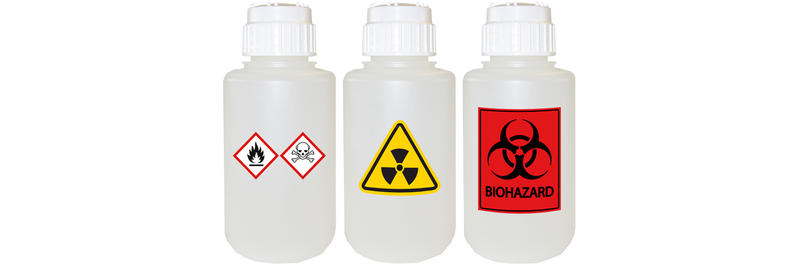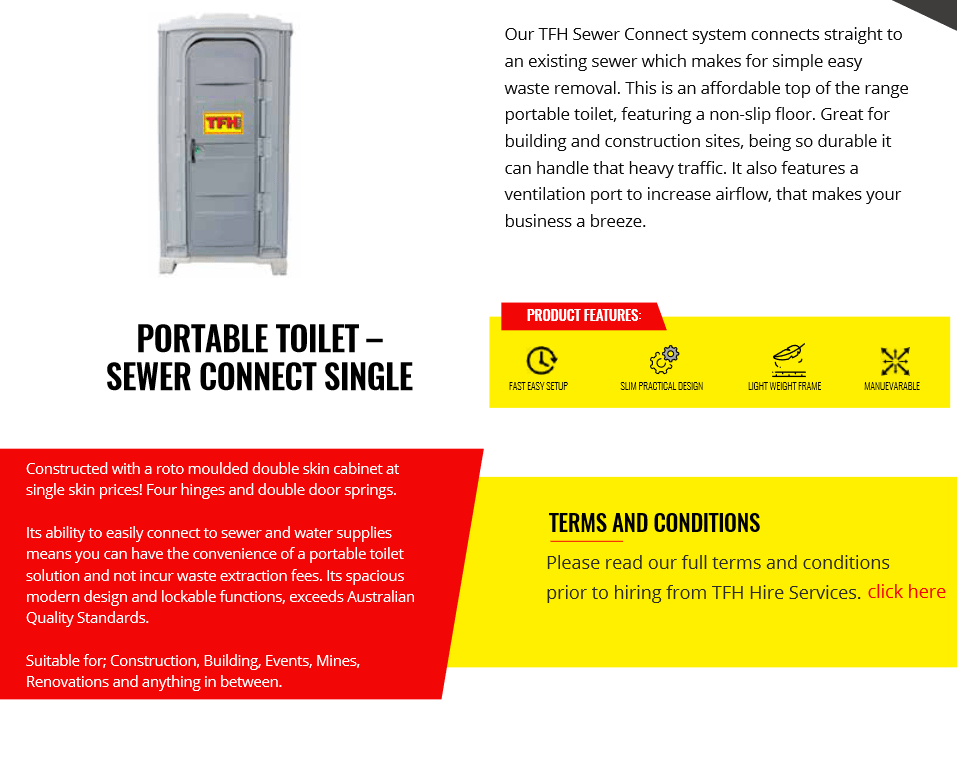Some Known Questions About Reclaim Waste.
Some Known Questions About Reclaim Waste.
Blog Article
An Unbiased View of Reclaim Waste
Table of ContentsHow Reclaim Waste can Save You Time, Stress, and Money.10 Easy Facts About Reclaim Waste ShownThe Single Strategy To Use For Reclaim WasteThe smart Trick of Reclaim Waste That Nobody is Talking AboutReclaim Waste Fundamentals Explained
Residential sewer waste refers to the waste and products from a property septic tank. The correct monitoring and disposal of residential sewer waste need liquid waste to be moved to a sewage treatment plant where the correct approaches and equipment are used to cleanse and dispose of waste.
Commercial waste commonly consists of potential dangers, such as combustible materials or a mix of fluid and strong waste items, and calls for an extra advanced and in-depth disposal procedure. The disposal of business waste commonly involves the filtration of waste before transport to make certain safe and proper disposal. Industrial waste is created from by-products and overflow of industrial processes and production.
This kind of waste can not use the exact same sewage administration transportation or processes as septic or industrial liquids. The industrial waste monitoring procedure calls for the inspection and screening of fluid waste prior to it undertakes the disposal procedure (liquid waste disposal). Drainage waste is the fluid waste that comes from runoff and excess stormwater in highly populated locations or cities
Runoff waste can create contamination and flooding if not managed appropriately. Guaranteeing correct waste administration can avoid calamities and minimize environmental injury.
4 Simple Techniques For Reclaim Waste
Call PROS Services today to find out about our waste management and disposal solutions and the correct ways to take care of the fluid waste you produce.
(https://moz.com/community/q/user/reclaimwaste1)Do you know what takes place to your water when you disengage, purge the bathroom or drain pipes the washing machine? No? Well, it's worth recognizing. This supposed 'wastewater' is not just a vital source but, after therapy, will certainly be released to our land, rivers or the ocean. Utilized water from commodes, showers, baths, kitchen area sinks, laundries and industrial procedures is called wastewater.

water utilized to cool down machinery or clean plant and devices). Stormwater, a form of wastewater, is overflow that streams from farming and city areas such as roofings, parks, yards, roads, paths and rain gutters right into stormwater drains pipes, after rain. Stormwater streams unattended directly to regional creeks or rivers, ultimately getting to the sea.
A Biased View of Reclaim Waste
In Queensland, many wastewater is treated at sewage treatment plants. Wastewater is transferred from domestic or industrial websites via a system of sewage systems and pump stations, understood as sewerage reticulation, to a sewage treatment plant. City governments construct, keep and run most sewage treatment plants. Operators are licensed under the Environmental Protection Act 1994 to discharge cured wastewater at an appropriate ecological requirement into waterways.
The Division of Natural Resources encourages city governments concerning handling, operating and maintaining sewage systems and therapy plants. In unsewered areas, local federal governments may call for homeowners to set up individual or family sewage therapy systems to deal with domestic wastewater from commodes, kitchen areas, restrooms and laundries. The Division of Natural Resources authorises using house systems when they are shown to be effective.
The majority of stormwater gets no therapy. In some new subdivisions, therapy of some stormwater to get rid of clutter, sand and gravel has actually begun making use of gross contaminant catches. Wastewater treatment occurs in four phases: Eliminates strong matter. Bigger solids, such as plastics and other items wrongly released to sewers, are eliminated when wastewater is gone through displays.
Makes use of little living organisms knows as micro-organisms to break down and eliminate continuing to be liquified wastes and great fragments. Micro-organisms and wastes are incorporated in the sludge.
The Facts About Reclaim Waste Uncovered
Nutrient removal is not available at all sewage treatment plants since it needs expensive specialised equipment. It is coming to be extra usual in Queensland. Clear fluid effluent created after treatment may still contain disease-causing micro-organisms. If this effluent is released right into waterways such as rivers or the sea, the micro-organisms will eventually die out.

This normally implies wastewater has to be dealt with or pollutants removed prior to it can be discharged to rivers. Many wastewater flows right into the sewerage system. Under the Act, neighborhood governments administer authorizations and licences for eco relevant tasks (Ages) entailing wastewater releases that could have a regional impact. The division administers authorizations and permits to ERAs entailing wastewater releases that may have a regional or statewide effect.
Examine This Report on Reclaim Waste
Otherwise, samples are taken for lab analysis. Usually many tests are needed to establish the levels of each of the different pollutants such as oils, hefty steels and chemicals in water. Monitoring supplies accurate information concerning water top quality and can validate that permit conditions are being fulfilled. The info obtained through tracking gives the basis for making water high quality decisions.
Report this page